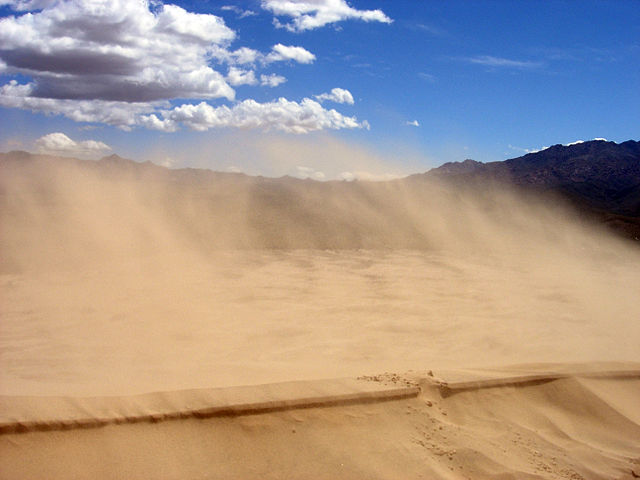<![CDATA[The Mojave Desert is famous for offering the perfect environment to train soldiers and prepare them for combat. Millions of years before the arrival of the Marines in the area, it was the theatre for epic battles of survival between some of the most terrifying giants created by Mother Nature. A range of prehistoric animals once roamed the valleys where the Marine Corps Air Combat Centre is located today. Some of these ancient animals included mastodons, horses, sloths and giant tortoises. As a result, countless fossilised remains were discovered in and around the Gypsum Ridge Training Area during the 1990s. Some of these fossils have been dated back almost 2.75 million years. The Curation Center, famous for being one of the most unique Marine Corps facilities in the United States of America, is home to artefacts uncovered at the Marine Corps Mountain Warfare Training Centre in Bridgeport, as well as the Centres in Yuma and Barstow. This facility boasts temperature and humidity controlled collection rooms containing some of the rarest fossilised remains in the world. NREA has now opened a brand new display room in its Curation Centre on Del Valle Road, in order to share the ancient history of the area with its sailors, marines, and their family members. D'Anne Albers, a cultural resource specialist who has been working for the Curation Centre for the past few years, states that there is an abundance of local history to be found in the area around the base, that is extremely fascinating. According to reports, the new display room is expected to be about 14 by 36 feet in size and is scheduled to be divided into five different areas that have been designed to showcase artefacts according to the geographic location where they were first collected. People visiting the display room are likely to find the colourful and creative displays extremely exciting and informative. These areas in the new display room will include the Foxtrot Petroglyphs (showcasing the remains of the first human inhabitants in the area); the Gypsum Ridge Training Area (the resting place for prehistoric desert creatures like a giant tortoise known as the Hesperotestudo ); the Deadman Lake (showcasing objects left behind by people who lived in the area about 2000 - 10000 years ago); the Sunshine Peak Training Area (containing the largest concentration of abandoned mines); and Surprise Spring (a spring that is fed by underground fossil water and was used about 6500 years ago by humans). In fact, Surprise Spring still remains Combat Centre's only source of water. There are also separate displays that showcase remains of ancient creatures such as a prehistoric horse, the Harlan's ground sloth, a giant tortoise and an American mastodon. Moreover, visitors can also use touch screens to act as virtual archaeologists, maintain their own archaeology journals and unearth artefacts. NREA also pays tribute to the military history of the region by featuring Condor Field (a glider base used in the Second World War), items displayed representing this part of the region's history include old photographs and ancient .50 calibre machine guns that date back to the 1940s. ]]>
Celebrating the History of the Mojave Desert
